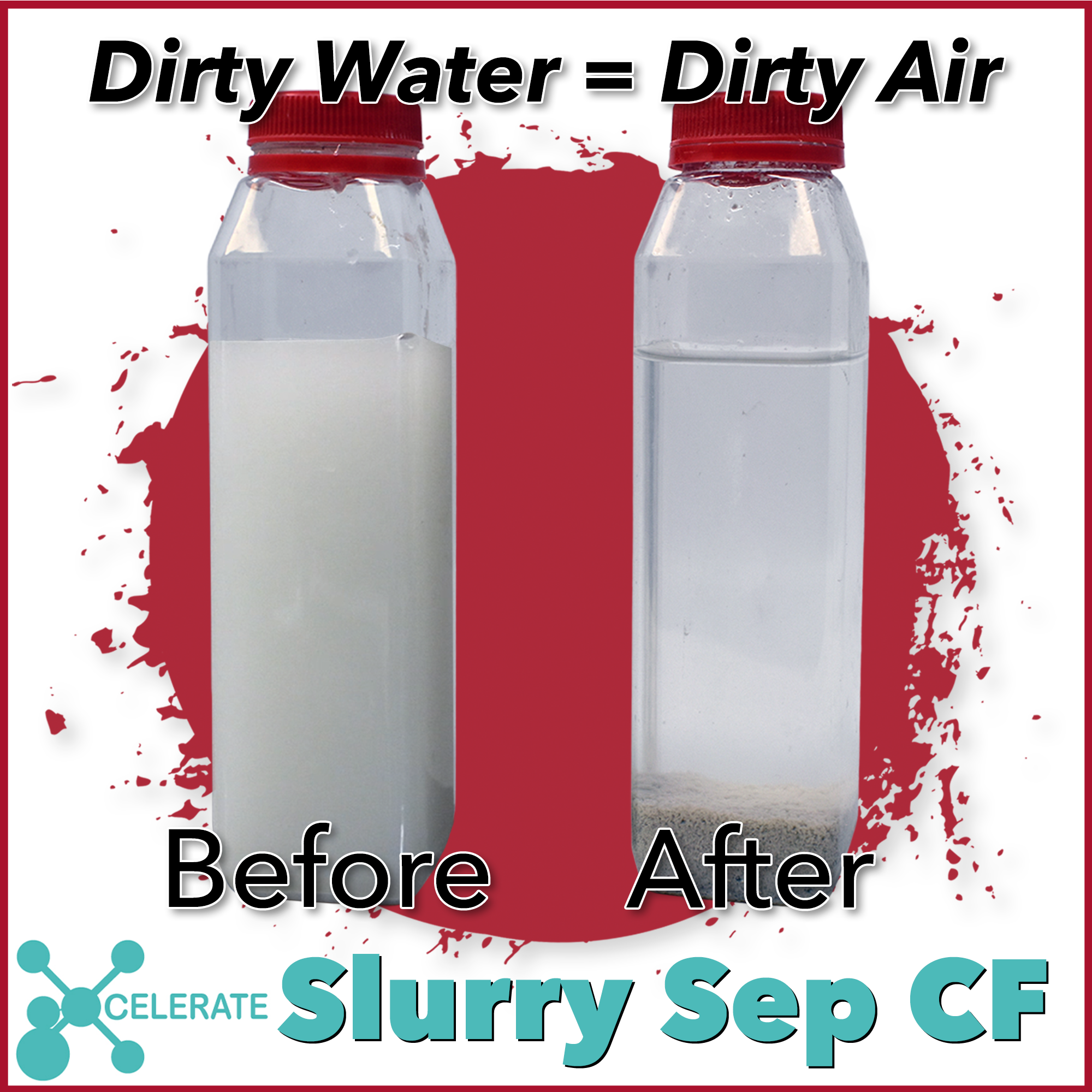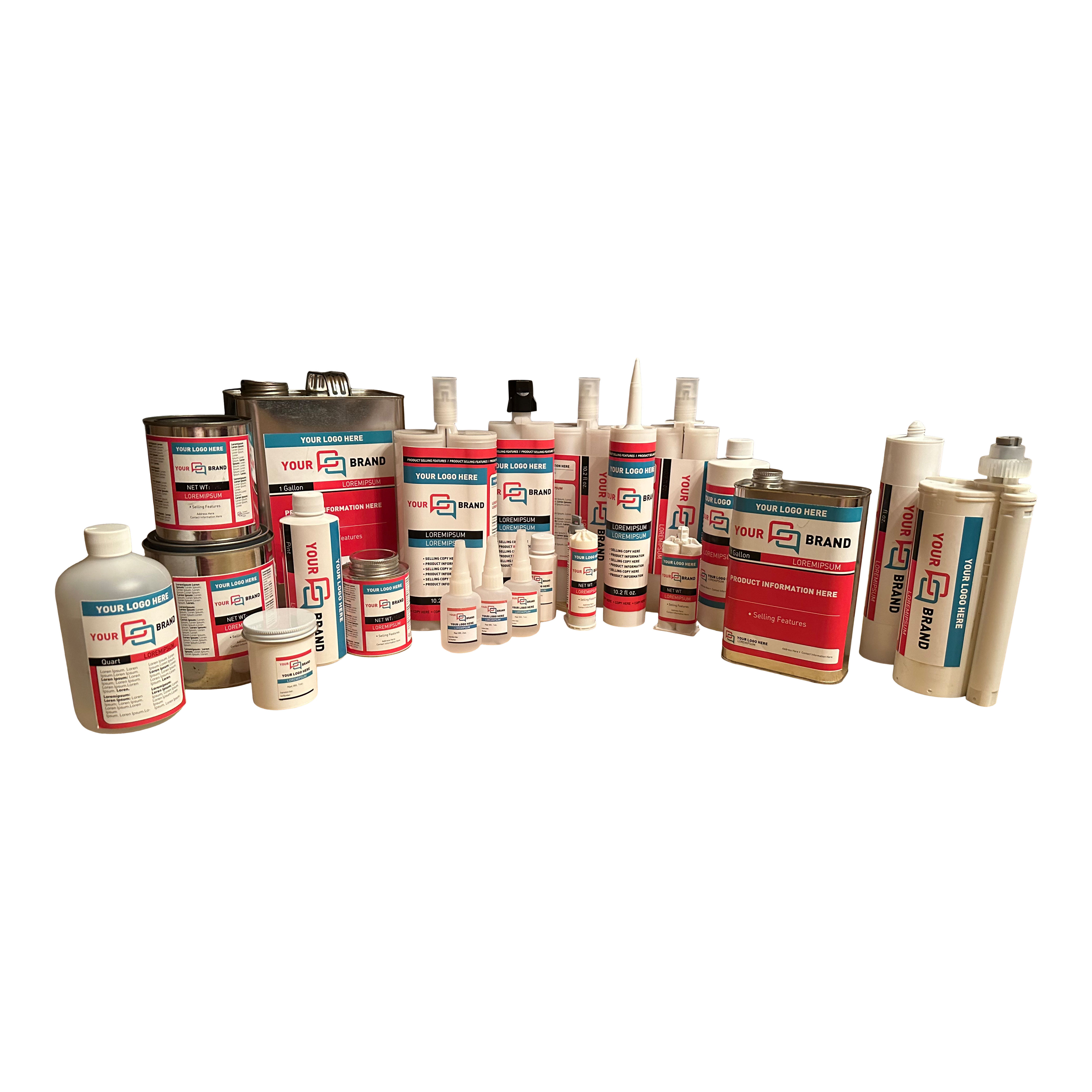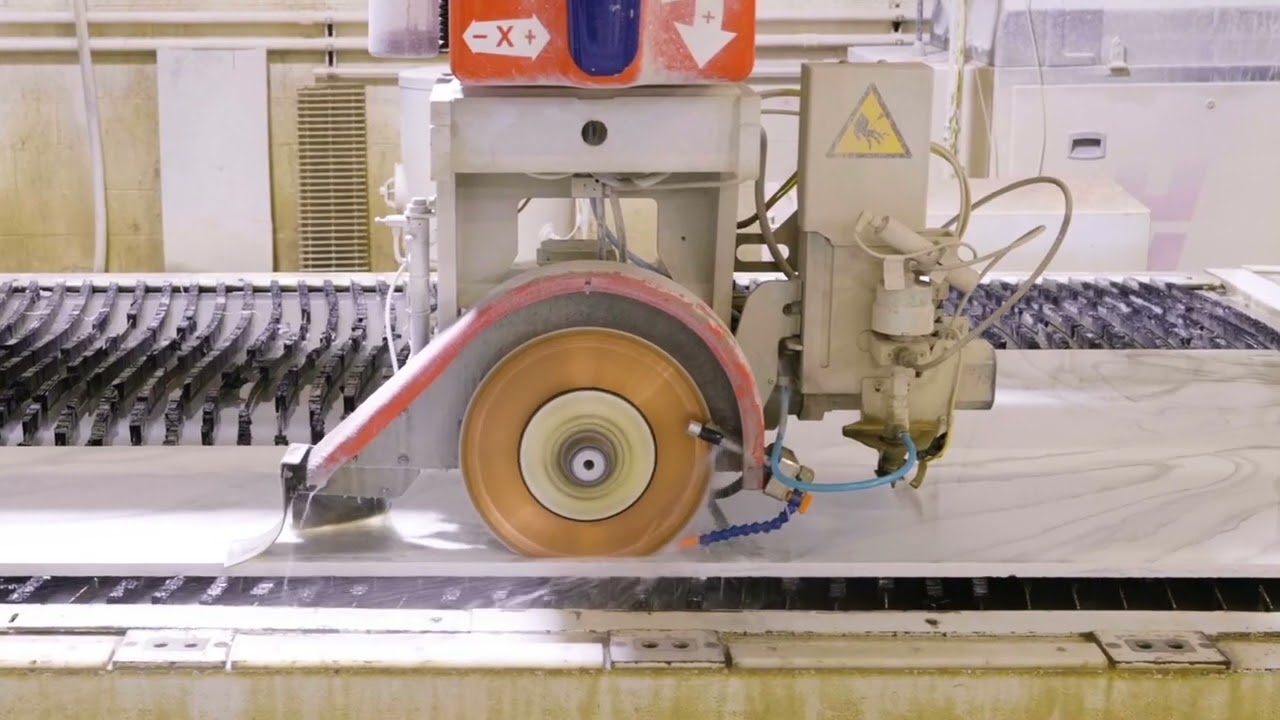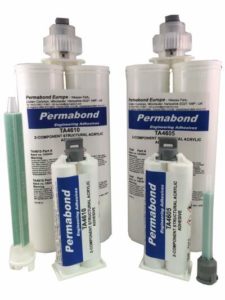
How to prepare and bond polyethylene
Bonding Polyethylene with Industrial Adhesive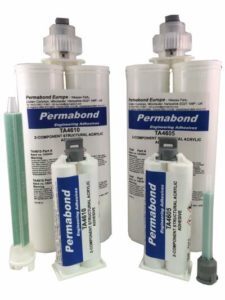
Polyethylene adhesive has been hard to come by until recently. Polyethylene is a lightweight thermoplastic. It is often abbreviated to LDPE (low density polyethylene) or HDPE (high density polyethylene). Bonding polyethylene is considered very difficult and as a result it is often used as packaging for adhesive materials – as the glue won’t stick to it!
It is a widely used and popular material for items such as packaging, storage containers, chemical drums, tanks and many other low-cost assemblies. The material itself is not particularly high performance and will deform and melt at high temperatures and be easily attacked by solvents. This makes solvent welding, ultrasonic or infrared welding or induction heating a good method of bonding polyethylene (to itself). However, if you need to bond it to a different type of plastic or substrate such as wood, metal, rubber or some kind of composite, it is necessary to look to some other joining method such as industrial adhesive bonding.
Polyethylene has a low surface energy so is a fairly non-stick surface. There are several options of surface preparation and industrial adhesive choice that could yield high bond strengths:
- Corona treatment of surface
- Plasma treatment of surface
- Flame treatment
These methods of treatment prior to bonding polyethylene involve high capital expenditure, space for equipment, high running and energy costs as well as specialist knowledge for correct operation. However, once the surface is treated, you can use a wide variety of different industrial adhesive products when bonding polyethylene. This type of equipment is worth considering if the bonded assemblies are going to be manufactured in large numbers.
If budget is too restrictive there are other industrial adhesives and options available which bypass the expensive process of preparing and bonding polyethylene.
Industrial Polyethylene Adhesive for Untreated Polyethylene
Permabond offers POP Primer for use with cyanoacrylate industrial adhesive – the POP is brushed on to the Polyethylene and the cyanoacrylate applied to the other part. When the joint is clamped shut the industrial adhesive will cure in seconds. If you need longer to apply and assemble, wish to spread the adhesive or fill any kind of gap then Permabond TA4610 structural acrylic can be considered. This is a 2 component 1:1 mix ratio adhesive which is available in cartridges with mixing nozzles or in bulk for high speed production lines. This industrial adhesive offers excellent adhesion to untreated LDPE and HDPE although you do need to allow ample time for the adhesive to cure before you start moving parts.
Both are good choices as polyethylene adhesive.
Originally found on Permabond’s Website: https://www.permabond.com/resource-center/prepare-bond-polyethylene/

